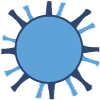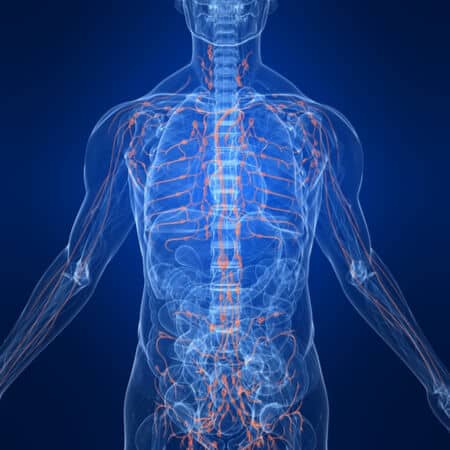A PET/CT scan combines a PET scan and a CT scan (also known as a CAT scan) into one comprehensive examination unlike any other available today. PET is very good at determining whether or not a tumor is malignant by evaluating its metabolic activity. Most tumors demonstrate an elevated level of activity that functionally distinguishes it from normal tissues. CT scans provide cross-sectional anatomic images (called slices) of your body. Together, these images are called PET/CT, and the power of these two techniques together provides far greater value than either provided alone.
The PET/CT scan is a powerful tool used by doctors when evaluating patients who may or may not have cancer. It allows them to effectively diagnose and evaluate cancer and whether or not it has spread to other areas of the body. It is often used to measure the response of a tumor to therapy, which ultimately guides therapeutic decisions. If a therapy is found to be effective, it can be continued with greater confidence. If found ineffective, more appropriate alternate therapies can be instituted earlier, and futile therapeutic options can be avoided sooner. PET-CT is also used to direct or guide biopsies and surgeries as well as focusing radiation treatments. Once in remission, patients can be reliably monitored for possible recurrence at regular intervals as well.
We also offer pre-authorization services for our referring offices.







